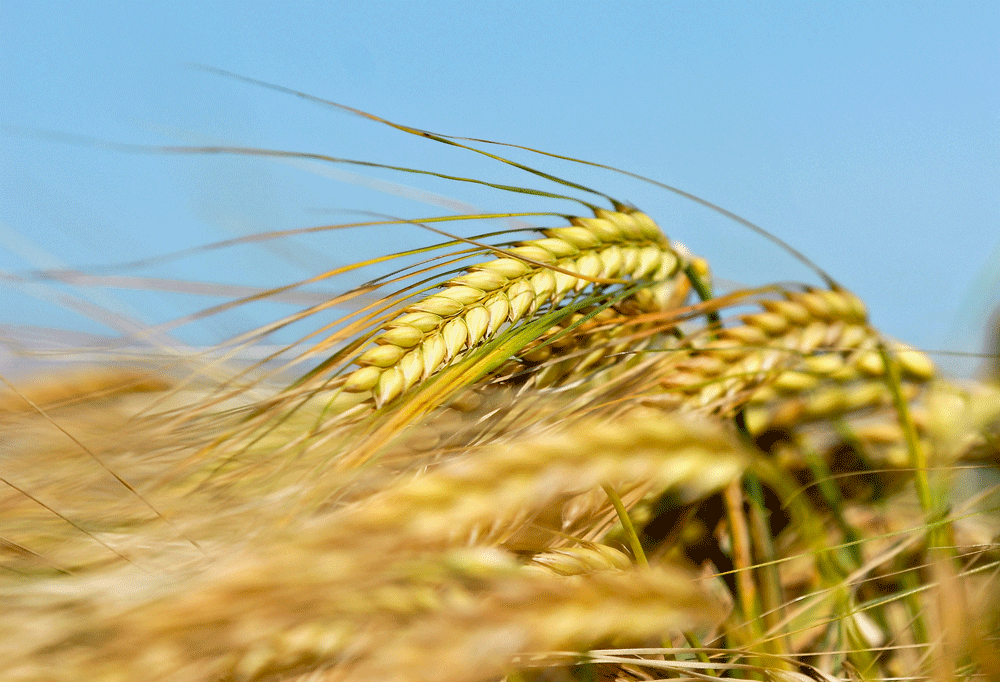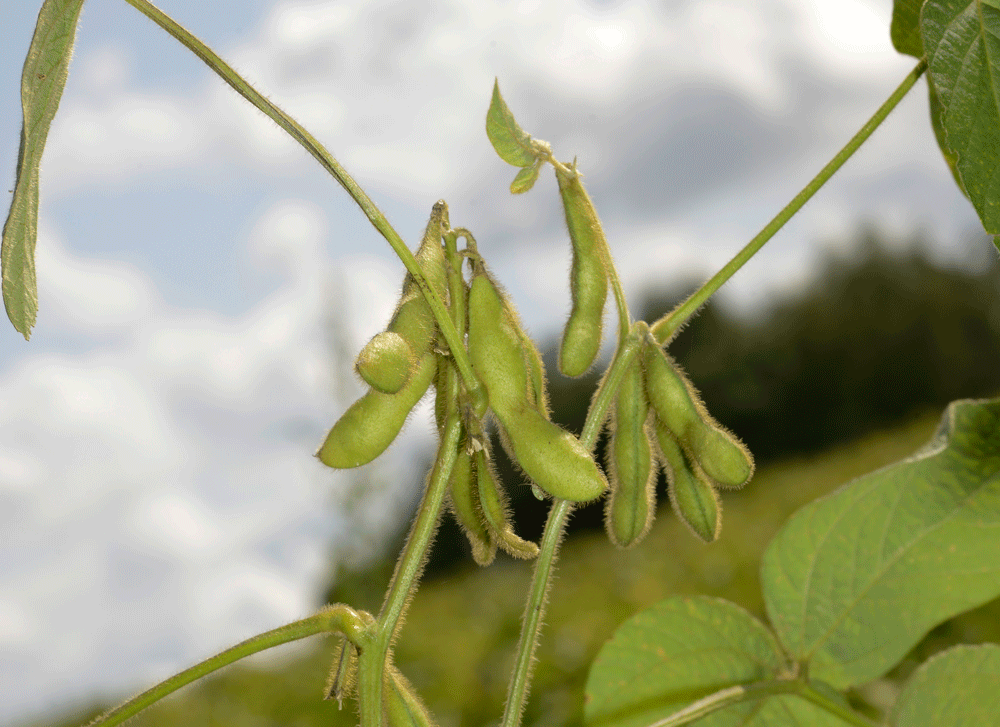Protein: Grain often underestimated
By Dr Christian Bickert
Its already accepted that livestock production in Europe wouldn’t work without imported soybeans or soymeal. Stopping shipments would massively restrict European livestock farming. On the other hand, the role of soymeal on EU livestock farms is massively overestimated.
Soymeal is indeed the largest protein source for poultry, pigs and cattle, representing around 13 million tonnes (m t) of pure protein annually. But this should be relativized by the around 35 m t of protein from basic feed components grown on European farms and mixed into compound feeds in mills or on farm feed plants.
Grain is second most important protein source
Often overseen in this EU feed protein balance is grain. Alone in the annually fed 55 m t wheat lies around 6 m t protein, based only on a protein content of 11%. Probably, though, feed wheat would typically have 12% protein and that would increase supply to 6.6 m t. From the almost 40 m t of barley (10% protein) come a further 4 m t and from rye (a little over 3 m t is poured into the trough) another 400 000 t. Thus, even without considering forage, around 30% of the protein ration comes from home-grown grain.
The importance of wheat alone as protein supplier is always demonstrated when soymeal becomes expensive. First reactions: a sudden increase of wheat in rations, because from this source protein is relatively cheap. Rapeseed meal (Nr. 3 supplier with around 4.5 m t) lags quite a long way behind in this respect. And home-grown legumes? These are hardly noticeable in the statistics. French analyst Tallage calculates participation of 2.3 m t peas. This represents around 500 000 t protein, covering only about 1.5% of EU requirements. For last year (later statistics are not available), the EU Commission speaks of 5 m ha growing crops of peas, field beans or sweet lupins.
Have you ever thought that…………
- Grain is our second most important plant protein source – far ahead of rapeseed and sunflower meals?
- Only one third of EU protein supply comes from soymeal?
- And 8% (1 m t) of this is delivered by EU soybeans?
- The market for non-GM soymeal only represents 4.5 to 5 m t soybeans?
- Almost the same amount of protein comes from barley as is supplied by rapeseed meal?
- In Germany this year around 200 000 ha of corn legumes are growing, including almost 20 000 ha of soybeans?
Peas and field beans play only a regional role in protein supply
Even if crop area was multiplied by five, these legumes would have only a limited effect on this balance, especially when realising that about half the amount in feed rations is imported. According to EU statistics, around 4 m t peas and beans are harvested from European fields, although this also includes peas and beans for human consumption. A proportion of the peas produced are channelled into starch plants, the protein contained in such shipments normally directed into feed for aquaculture.
Thus, peas and field beans can certainly prove an economical and practical alternative in individual compound feed plants and home-mixing, but in the long run are of small importance as protein suppliers for EU livestock production. However, on a regional basis, legumes definitely have a part to play. Naturally, this is so in organic farming. But it is also realistic in individual compound feed mills producing to meet a continual demand. This continual supply of feed is, in fact, the core problem with home-grown corn legumes for compound feed manufacturers. One or two truckloads in the week are too few to feed into such systems. First of all, no compound feed mill can afford to block 500 t or more capacity silo cells with such a small amount. To make peas or beans acceptable in such a mill, there should be deliveries of around 500 t monthly over several months. If this tonnage can be delivered, then home-grown legumes would be happily accepted. The price in such cases would lie roughly in between the averages for wheat and rapeseed meal.
Real growth potential still lies only with soybean
It’s true that home-grown soya plays a very subordinate role in EU feed protein supply. However, this supply is growing. In 2017, just under 3 m t beans were harvested from 1 m ha in the EU. The year before, the respective figures were 2.4 m t from 800 000 ha.
The EU soya harvest steers around 1 m t protein into the EU balance, part of the earlier-mentioned 13 m t protein from soybeans. Thus, imported soya protein represents hardly more than a third of the total EU protein balance. However, this third comes almost entirely from gene-modified (GM) soybeans. There are no statistics regarding import of non-GM soybeans.
The scarcity of non-GM soybeans
Argentinian farmers drill almost 100% of their fields with GM varieties, their Brazilian counterparts 75%. From these figures, it is easy to see that not a lot of soybeans/soymeal from non-GM production is deliverable. Another factor against large-scale imports of non-GM beans is the price difference, representing a good 100€/t more for imported non-GM ware. International dealers reckon the EU market for non-GM soya is up to 4.5 m t, indicating the required import of 1.5, perhaps even 2 m t of such soybeans (representing around 600 000 t protein).





